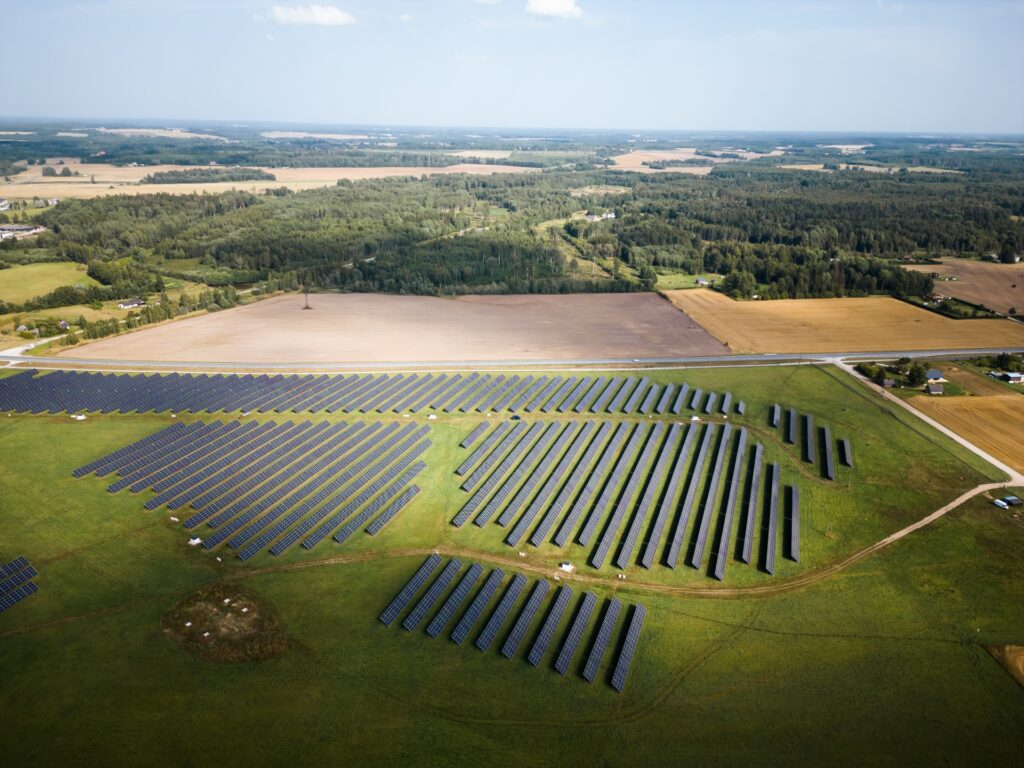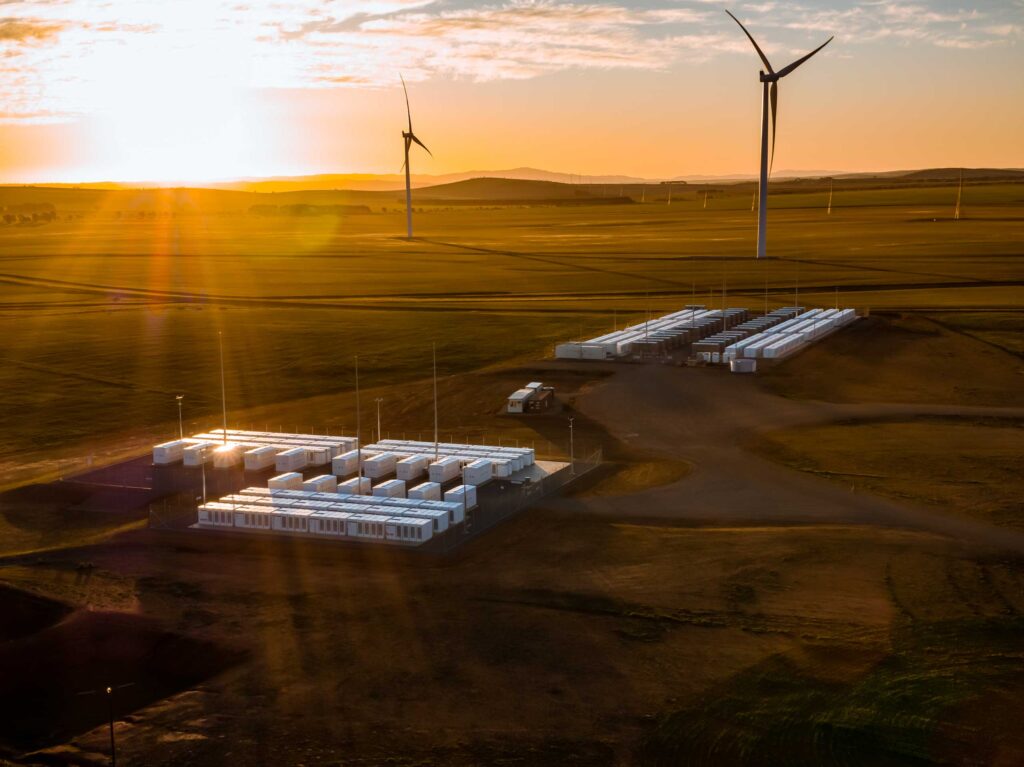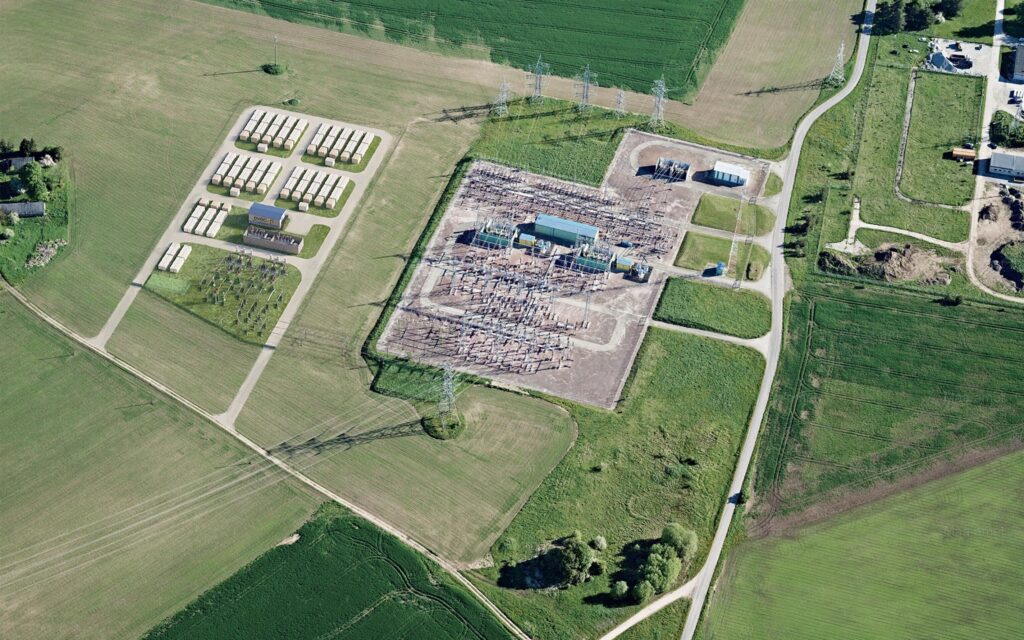Estonia has laid the cornerstone for what will become the largest battery park in continental Europe, a major step toward synchronising the Baltic power grids with Europe by 2025; the project, led by Evecon, Corsica Sole and Mirova, aims to bolster energy security and support Estonia’s transition to renewable energy.
Estonia has taken a crucial step toward securing its energy independence with the laying of the cornerstone for what will become the largest battery park in continental Europe. Located in Kiisa, just outside Tallinn, the project is spearheaded by the Baltic Storage Platform – a joint venture between Estonian energy company Evecon, French solar producer Corsica Sole and sustainable finance management company Mirova.
The project is designed to help Estonia, Latvia and Lithuania synchronise their electricity grids with Europe by 2025, breaking away from the historical dependency on the Russian grid. The two battery storage parks being built will have a combined output of 200 megawatts and a total storage capacity of 400 MWh, which can supply electricity to around 90,000 homes. The first of the two parks is expected to be completed by the end of 2025, with the second following in 2026.
The importance of energy storage
A battery park is a facility that stores large amounts of electricity, often generated from renewable sources like wind and solar. It uses batteries – typically lithium-ion – housed in containers to store energy during periods of low demand and release it when demand is high or when renewable generation drops.
As the Baltic countries prepare for grid synchronisation with the rest of Europe, energy security becomes a pressing issue. Battery parks like the one being built in Kiisa play a critical role in balancing the power supply, especially as Estonia shifts toward renewable energy sources such as wind and solar. The ability to store excess energy during times of high production and deploy it when needed will help smooth out fluctuations in supply, ensuring grid stability and reliability.

Energy storage is also vital for meeting Estonia’s goal of sourcing all its electricity from renewable sources by 2030. The country’s climate minister, Yoko Alender, emphasised the role of storage systems in this transition, saying they would help ensure a “clean, reliable and affordable energy future” for Estonia.
The synchronisation of the Baltic grids with Europe is also a geopolitical move, severing a long-standing reliance on the Russian grid. This transition will make the region more self-sufficient and less vulnerable to potential energy disruptions, a concern that has become more pronounced in recent years given the shifting geopolitical landscape.
A broader trend in energy storage
The battery park in Kiisa is not an isolated example. Across Europe and the world, similar projects are being developed as countries seek to stabilise their energy grids and integrate more renewable sources. In Belgium, Corsica Sole built the largest battery park in the country in 2022, helping stabilise the frequency of the European electricity grid. The facility participates in Frequency Control Reserve services, a mechanism that balances supply and demand fluctuations across the continent.

Beyond Europe, countries like the United States and Australia are also investing heavily in large-scale battery storage. In California, the Moss Landing Energy Storage Facility, the largest in the world, has a capacity of 1,200 MWh. Australia’s Hornsdale Power Reserve, better known as the Tesla Big Battery, has played a crucial role in stabilising the Australian grid, reducing outages and even participating in energy trading markets.
As countries around the world work to meet their climate targets, the role of energy storage will become increasingly important. Estonia’s investment in large-scale battery parks highlights its strategic push for both energy independence and a more sustainable power grid.
However, battery parks do have environmental impacts. Lithium-ion batteries require materials such as lithium, cobalt and nickel, which are extracted through mining that can cause habitat destruction and pollution. Additionally, batteries have a limited lifespan, and their performance degrades over time. When they reach the end of their life, proper disposal or recycling is essential to prevent harmful chemicals from leaking into the environment.

